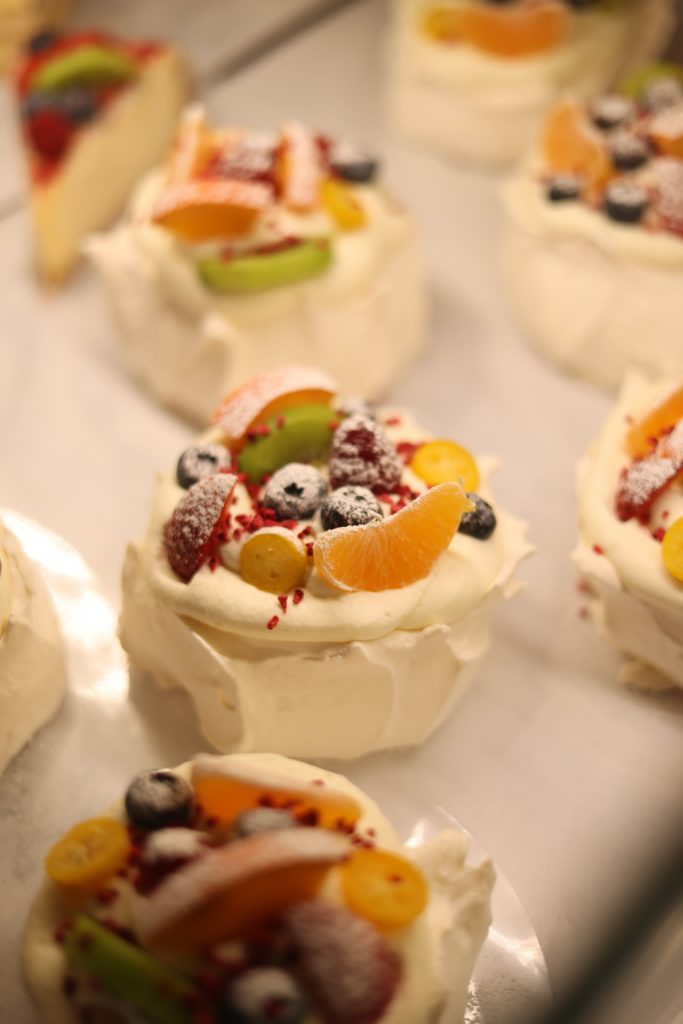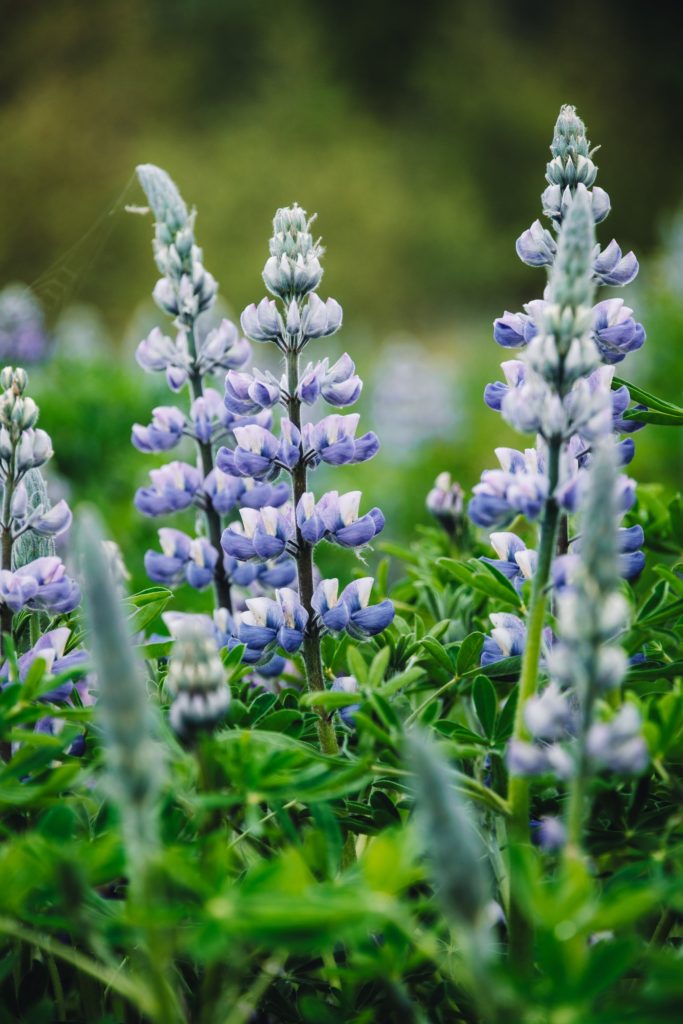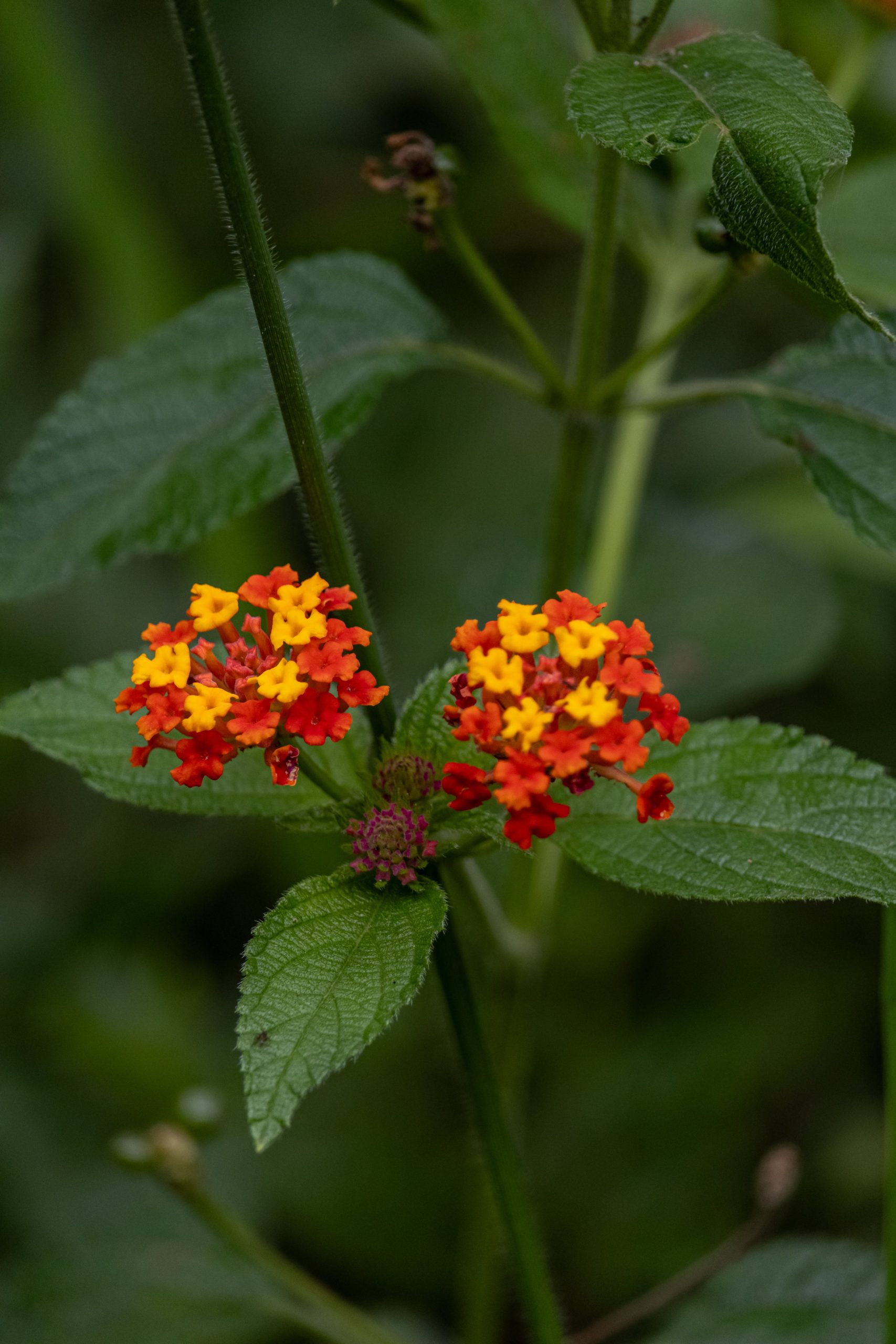If you’re a nature lover or bird enthusiast residing in California, you’ll be delighted to learn about the Western Bluebird and their nesting habits. These vibrant and charming birds are a sight to behold, and with the right tips, you can create a welcoming environment for them in your garden. From choosing the right bird feeders and food to creating suitable nesting spots, this article will provide you with all the necessary information to attract and support Western Bluebirds in your California garden. With the help of trusted brands like Kaytee, Perky-Pet, and Audubon, you can turn your garden into a haven for these beautiful creatures.
Understanding the Western Bluebird
The Western Bluebird is a charming and colorful species that can bring joy and beauty to any garden. With its bright blue feathers, rusty-orange breast, and white belly, this small bird is a sight to behold. Adult males typically have brighter and more vibrant plumage, while females have a slightly duller appearance. Both genders have a slender body with a length of approximately 6 to 7 inches.
Habitat preference of Western Bluebird
Western Bluebirds are native to the western parts of North America, including California, Oregon, and Washington. They can also be found in parts of Mexico and Canada. These birds prefer open habitats such as grasslands, meadows, and woodland edges. They are commonly found in areas with scattered trees and shrubs, as they use these perches for hunting and surveying their surroundings.

Dietary habits and preferences
The Western Bluebird has an insectivorous diet, meaning it primarily feeds on insects and other small invertebrates. They are especially fond of beetles, grasshoppers, caterpillars, and spiders. In addition to insects, they also consume small berries and fruits when available. To attract Western Bluebirds to your garden, it can be beneficial to have a variety of flowering plants that attract insects, as well as offering supplemental food sources such as mealworms or suet.
The Importance of Attracting Bluebirds to Your Garden
Attracting Western Bluebirds to your garden goes beyond the aesthetic value they bring. These beautiful creatures play a vital role in maintaining a healthy ecosystem.
Contributions to the ecosystem
Western Bluebirds contribute to the ecosystem by controlling insect populations. As insectivores, they help keep insect populations in check, preventing potential crop damage and reducing the need for pesticides. By providing them with a suitable habitat and supplemental food sources, you can encourage the presence of bluebirds and support a balanced ecosystem in your garden.
Nature aesthetics and mental health benefits
The presence of Western Bluebirds in your garden can greatly enhance its visual appeal. Their vibrant colors and graceful flight patterns can add a touch of enchantment to any outdoor space. Furthermore, studies have shown that spending time in nature and observing birds can have a positive impact on mental health, reducing stress and increasing feelings of well-being. By attracting bluebirds to your garden, you can create a peaceful and serene environment that promotes relaxation and happiness.
Pest control advantages
By attracting Western Bluebirds to your garden, you can enjoy the added benefit of natural pest control. These birds actively seek out and consume insects that are commonly considered pests, such as grasshoppers and beetles. Instead of relying on harmful chemicals or pesticides, bluebirds can help reduce pest populations naturally. This eco-friendly approach not only protects the health of your plants but also promotes a safer environment for other beneficial insects and wildlife.

Creating the Ideal Bluebird Habitat in your Garden
If you’re hoping to attract Western Bluebirds to your garden, it’s important to provide them with a suitable habitat that meets their needs. By making a few simple adjustments to your garden landscape, you can create an inviting environment for these delightful birds.
Adapting your garden landscape
One of the first steps in creating an ideal habitat for Western Bluebirds is to adapt your garden landscape to mimic their natural surroundings. Incorporating a mix of open areas, scattered trees and shrubs, and low-growing vegetation can provide the bluebirds with perching spots, hunting grounds, and areas for nesting. By creating a diverse and well-balanced landscape, you can create a haven for these birds to thrive.
Suitable plants for Western Bluebird attraction
Certain plant species can attract Western Bluebirds by providing them with both food sources and shelter. Native fruit bushes such as elderberry, serviceberry, and snowberry produce fruits that are favored by bluebirds. Adding flowering plants like coneflowers, sunflowers, and lavender not only attract insects but also provide nectar for visiting hummingbirds, another beautiful species to welcome to your garden. It’s important to choose plants that are native to your region, as they are better adapted to the local climate and will attract a wider range of native birds.
Maintaining a safe and predator-free environment
To ensure the safety and well-being of Western Bluebirds in your garden, it’s important to take precautions against potential predators. Consider using natural deterrents such as thorny bushes or prickly ground cover around bluebird nest boxes to deter climbing predators. Regularly inspect the nesting area for signs of disturbance or intrusion by raccoons, snakes, or other animals. Providing a safe and predator-free environment will increase the chances of successful nesting and the survival of young bluebirds.
Building and Placing Birdhouses for Western Bluebirds
Building or purchasing suitable birdhouses is an effective way to attract Western Bluebirds to your garden. These small, cozy shelters provide a safe space for bluebirds to nest and raise their young.
Ideal birdhouse specifications for Western Bluebirds
When constructing or selecting a birdhouse for Western Bluebirds, it’s important to remember a few key specifications. A suitable bluebird house should have a small entrance hole with a diameter of approximately 1.5 inches. The interior should have dimensions of about 5×5 inches with a depth of 6-8 inches. Additionally, the house should have proper ventilation and drainage to ensure a comfortable and dry nesting environment. Providing a predator guard, such as a metal plate or baffle, can prevent access to the nest by larger predators.
Optimal placement locations
To maximize the chances of attracting Western Bluebirds to your birdhouses, proper placement is crucial. Bluebird houses should be mounted on a sturdy pole or post about 4-6 feet off the ground. They should face an open area with scattered trees and shrubs, allowing the bluebirds easy access to foraging areas. Avoid placing the houses too close to busy areas or bird feeders, as this may discourage bluebirds from nesting due to increased human or bird activity.
Using products from brands like Woodlink and Heath Outdoor Products
When it comes to selecting birdhouses, reputable brands like Woodlink and Heath Outdoor Products offer a wide range of options. These brands prioritize quality and functionality, ensuring that the birdhouses provide a safe and comfortable nesting space for Western Bluebirds. Whether you choose a wooden or metal birdhouse, these trusted brands offer durable and well-designed products that can attract bluebirds and enhance your garden.

Providing Food Sources for Bluebirds
To truly attract and sustain Western Bluebirds in your garden, it’s important to provide them with a variety of food sources. By offering a diverse menu, you can help support these beautiful birds throughout the year.
Preferred bird food choices of Western Bluebirds
While Western Bluebirds primarily rely on insects, they can also benefit from other food sources. Live or dried mealworms are a favorite food choice for bluebirds, as they closely resemble the caterpillars and beetles they typically prey upon. In addition to mealworms, you can provide bluebirds with suet, fruit, or berries. Remember to avoid using chemical pesticides or herbicides in your garden, as these can negatively impact the health of the birds and their food sources.
Selecting bird feeders from brands such as Perky-Pet, Droll Yankees, Brome Bird Care
When selecting bird feeders for Western Bluebirds, brands such as Perky-Pet, Droll Yankees, and Brome Bird Care offer a wide range of quality options. Look for tube feeders or platform feeders with small openings to accommodate the birds’ small beaks. These trusted brands ensure durability and practicality, allowing you to easily provide the bluebirds with their preferred food choices.
Setting up bird feeders
To effectively attract Western Bluebirds to your garden, strategic placement and maintenance are crucial. Install bird feeders in a visible yet quiet area, away from potential disturbances such as loud noises or heavy foot traffic. Keep the feeders clean, regularly replenishing them with fresh food to attract and retain bluebirds. By providing a consistent and reliable food source, you can encourage Western Bluebirds to make your garden a regular stop on their foraging routes.
Choosing the Right Bird Seeds
Offering a variety of bird seeds can attract Western Bluebirds and provide them with additional nutrition. Selecting high-quality bird seed products from trusted brands ensures a healthy and enjoyable feeding experience for the birds.
Information on bird seed brands like Kaytee, Wagner’s, Stokes Select, Cole’s Wild Bird Products, and Scotts
Brands such as Kaytee, Wagner’s, Stokes Select, Cole’s Wild Bird Products, and Scotts are renowned for their exceptional bird seed products. These trusted brands provide a wide range of options, including mixes specifically designed to attract bluebirds. By choosing seed blends that contain small fruits and nuts, you can entice Western Bluebirds to visit your garden regularly.
Types of bird seeds preferred by Western Bluebirds
When selecting bird seeds for Western Bluebirds, opt for blends that include mealworms, berries, or small fruits. These additions mimic the insects and fruits that are part of the bluebirds’ natural diet. Sunflower hearts, millet, and cracked corn can also be attractive to bluebirds. Avoid using seed blends that contain large, hard seeds or fillers that bluebirds might discard. Offering a variety of seed options allows you to accommodate the unique preferences of Western Bluebirds and provide them with a balanced diet.
Optimal bird feeder maintenance
To ensure the health and well-being of Western Bluebirds visiting your feeders, proper maintenance is essential. Clean the feeders regularly to prevent the buildup of bacteria or mold that can harm the birds. Remove any old or spoiled food, and sanitize the feeders with a mild detergent before refilling them. Additionally, regularly inspect the feeders for any signs of damage or wear and replace them if necessary. Clean and well-maintained feeders will attract bluebirds and provide a safe and healthy feeding environment.

Water Resources for Bluebirds
Water plays a crucial role in attracting and supporting Western Bluebirds in your garden. By providing a clean and reliable water source, you can create a welcoming environment for these beautiful birds.
Importance of water for Western Bluebirds
Just like all living creatures, Western Bluebirds need water to survive. They use water for drinking and bathing, which helps keep their feathers clean and in good condition. By providing a water source, you can enhance the overall attractiveness of your garden and ensure the well-being of the bluebirds that visit.
Setting up bird baths
A simple and effective way to provide water for Western Bluebirds is to set up a bird bath. The bird bath should have shallow edges and a gently sloping bottom to allow easy access for the birds. Place a few rocks or small branches in the water to serve as perches, allowing the bluebirds to comfortably drink or bathe. Place the bird bath in a quiet and easily visible location, away from potential hazards such as windows or busy areas.
Ensuring water safety for birds
To ensure the safety of Western Bluebirds and other birds, it’s important to take certain precautions when setting up a bird bath. Clean and replenish the water regularly to prevent the growth of harmful bacteria. Avoid using chemical additives or cleaning agents that may be toxic to birds. Additionally, regularly check the water level and refill it as needed, especially during hot and dry weather. By providing clean and fresh water, you can create an inviting oasis for Western Bluebirds in your garden.
Keeping the Nesting Area Safe
Creating a safe nesting environment is vital for the successful breeding and survival of Western Bluebirds in your garden. By addressing potential threats and implementing protective measures, you can increase the chances of a thriving bluebird population.
Threats to nesting Western Bluebirds
Western Bluebirds face several threats during the nesting season. Common predators such as snakes, raccoons, and domestic cats pose a risk to eggs, hatchlings, and adult bluebirds. Additionally, the presence of invasive bird species like European Starlings and House Sparrows can lead to competition for nesting sites or even nest destruction. It’s important to be aware of these threats and take steps to minimize their impact.
Protecting the nesting area from predators
To protect nesting Western Bluebirds from predators, consider installing predator guards or baffles on nest boxes. These devices can prevent climbing predators from reaching the nest and harming the birds or their eggs. Trim back any overhanging branches or shrubs that may provide a hiding place for predators. Regularly monitor the nest boxes and remove any nesting material or eggs left behind by unwanted species to discourage their presence.
Tips for monitoring the nest
Monitoring the nesting activities of Western Bluebirds can provide valuable insight into their behavior and health. However, it’s important to proceed with caution and minimize disturbances to the birds. Limit nest checks to once a week during the nesting season, and keep visits brief and quiet. Avoid handling the eggs or nestlings, as this can cause stress or abandonment by the adults. By monitoring from a distance, you can enjoy the nesting process while ensuring the safety and well-being of the bluebirds.
Responding to Garden Challenges
Maintaining a successful garden for Western Bluebirds comes with its fair share of challenges. From common garden threats to unpredictable weather changes, it’s important to be prepared and adapt to these challenges as they arise.
Handling common garden threats to birds
Gardens can sometimes be subject to threats that can impact not only Western Bluebirds but also other bird species. Common threats include window collisions, exposure to harmful chemicals, and lack of suitable nesting sites. Install window decals or screens to minimize the risk of collisions, and avoid using chemical pesticides or herbicides that are toxic to birds and their food sources. Providing a variety of suitable nesting sites, such as birdhouses or natural cavities, can help mitigate the challenges associated with nesting.
Managing weather changes
Weather changes can have a significant impact on Western Bluebirds and their ability to thrive in your garden. Extreme heat, cold temperatures, or heavy rainfall can affect their food availability and nesting success. Monitor the weather forecasts and be prepared to provide additional food sources or adjust feeder placement during extreme weather events. Consider planting native shrubs and trees that can provide shelter and food sources that are better adapted to local weather conditions.
Addressing health risks for Western Bluebirds
Maintaining the health of Western Bluebirds is crucial for their overall well-being. Certain diseases, such as avian pox or salmonellosis, can affect these birds and potentially spread to other species. To minimize the risk of disease transmission, provide clean feeders and water sources, and regularly clean and disinfect nest boxes. Additionally, avoid overcrowding feeders or allowing food to become moldy or contaminated. By practicing good hygiene and cleanliness, you can help ensure the health and vitality of Western Bluebirds in your garden.
Partnering with Bird Conservation Organizations
Partnering with bird conservation organizations can provide numerous benefits when it comes to attracting and supporting Western Bluebirds. These organizations offer valuable resources, expert advice, and opportunities for collaboration.
Benefits of collaborating with organizations such as Audubon
Collaborating with organizations like Audubon can greatly enhance your efforts to attract and support Western Bluebirds. These organizations are dedicated to bird conservation and can provide valuable insights and guidance on creating bird-friendly habitats. Audubon, in particular, offers programs and resources designed specifically for bird enthusiasts and provides opportunities to connect with like-minded individuals. By partnering with bird conservation organizations, you can contribute to broader conservation efforts while making a positive impact in your own garden.
Strong conservation efforts
Bird conservation organizations play a crucial role in protecting and preserving Western Bluebirds and their habitats. Through research, advocacy, and education, these organizations work to create a greater awareness of the importance of birds and their ecosystems. By supporting their efforts through memberships, donations, or volunteer work, you can contribute to the conservation and preservation of Western Bluebirds for future generations to enjoy.
Access to expert advice and resources
Bird conservation organizations have a wealth of knowledge and expertise when it comes to attracting and supporting Western Bluebirds. They can provide valuable advice on habitat creation, species identification, and bird-friendly gardening practices. Many organizations offer informative websites, publications, and workshops that can help you enhance your bluebird-friendly garden. By tapping into these resources, you can gain valuable insights and connect with a community of passionate bird lovers.
In conclusion, attracting Western Bluebirds to your garden is not only a visually pleasing endeavor but also one that contributes to the overall health of the ecosystem. By understanding their physical characteristics, habitat preferences, and dietary habits, you can create an ideal environment that meets their needs. Providing suitable birdhouses, food sources, and water resources ensures that Western Bluebirds have the necessary resources to thrive. By addressing potential threats, monitoring nests, and responding to garden challenges, you can maintain a safe and sustainable environment for these beautiful birds. Partnering with bird conservation organizations enhances your efforts and allows you to contribute to broader conservation initiatives. By following these guidelines and strategies, you can create a haven for Western Bluebirds in your garden and experience the joy of hosting these delightful creatures.
